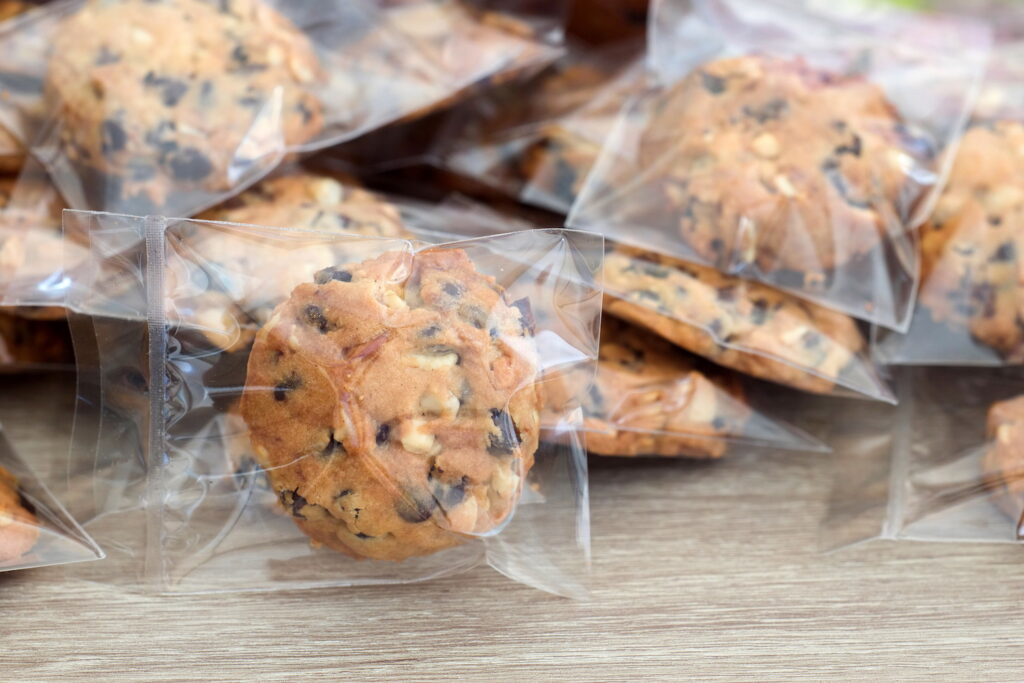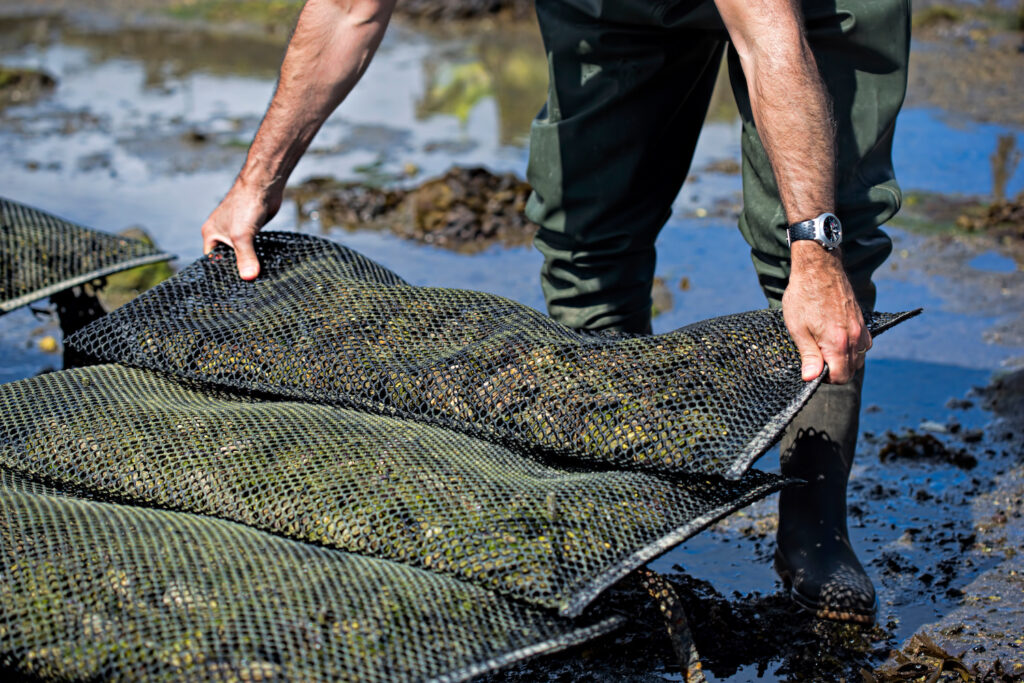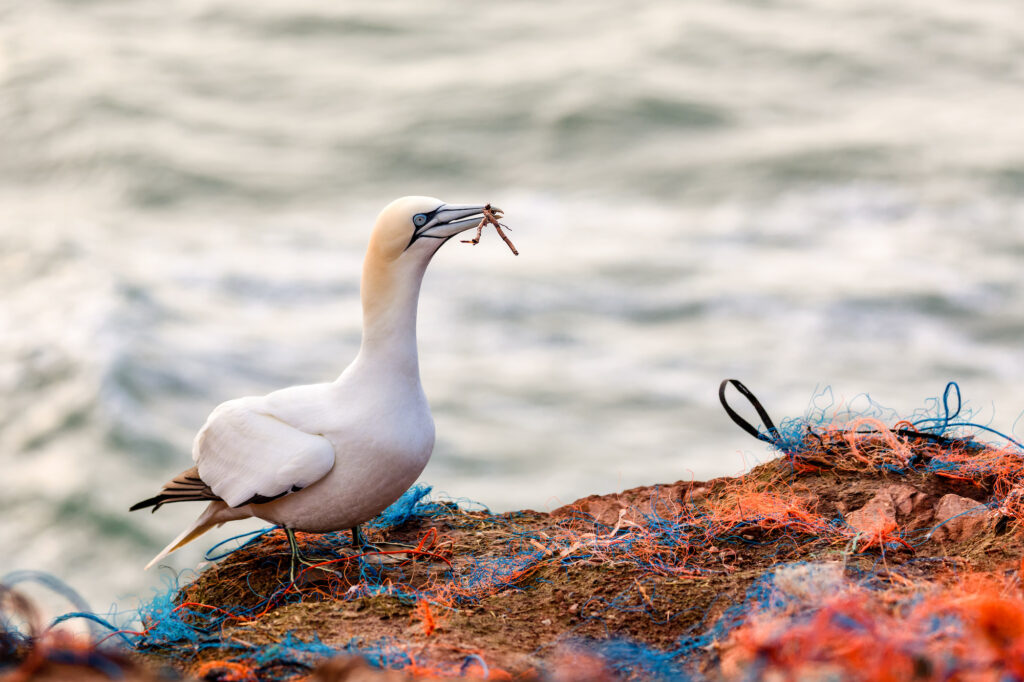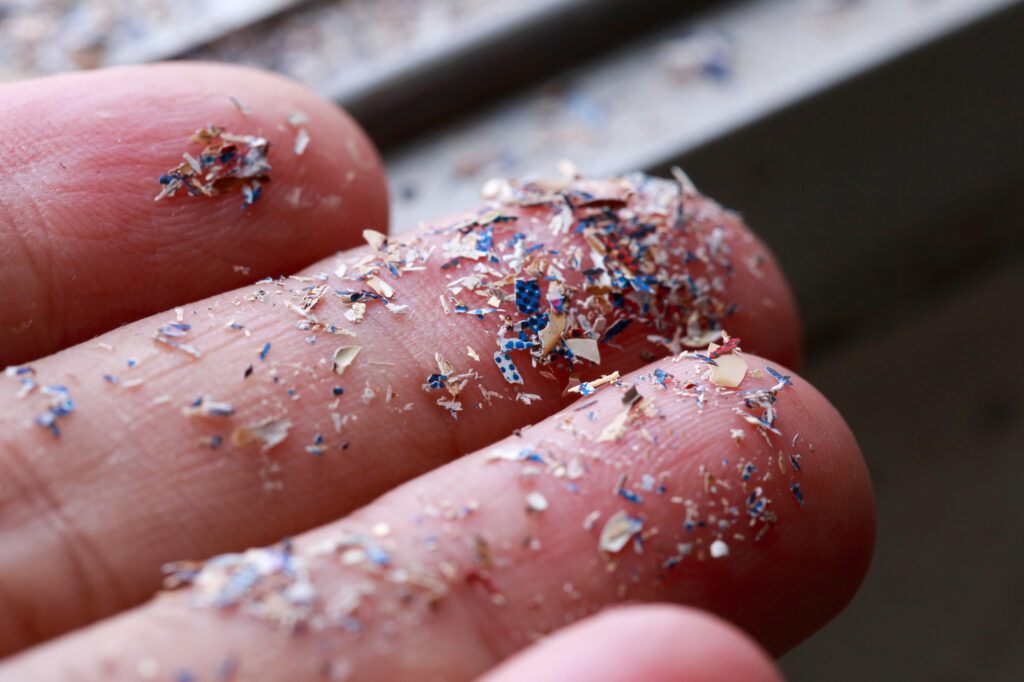Plastic is part of our everyday lives. It is an inexpensive and multi-use material that has changed how we produce, package, and transport products. While there are positives from their use, we are learning that there are also many negatives. These impacts, much like plastics themselves, range far and wide across animals and humans and land and sea.
Plastic is a man-made material made from fossil fuels. Around the world, we produce over 400 million tons of plastic each year. Many plastics are not recyclable and have to be disposed of. So what happens to them?
-
Globally it is estimated that 50% of disposed plastic goes to landfills. While landfills are the best option for non-recyclable plastics, they do pose many health, environmental, and social issues around the world.
-
Globally it is estimated that 23% of disposed plastic is mismanaged. Annually, researchers have calculated that 8 - 14 million tons of plastic will eventually make it into the ocean.
-
Globally it is estimated that almost 20% of disposed plastic is burned. Burning plastics causes significant air and soil pollution including the release of toxic chemicals.
-
Not all plastics produced are recyclable. Of the plastics that are recyclable, globally less than 10% are actually recycled.
The industries that use the most plastics are packaging, farming, fishing, and fashion.

This is the largest source of single use plastic in the world, which includes single use plastic food and beverage containers.

Seed coatings, mulch film, plant containers, bale wraps, row covers, greenhouse sheeting, and more.

Fishing gear including lines and nets.

60% of materials used to make clothing are plastics.
Every piece of plastic ever made still exists on the planet, and even when it changes shapes, it always will. Plastic does not biodegrade, rather it breaks down into microplastics and even smaller nanoplastics.
Microplastics are pieces of plastic up to 5mm, which is about the width of a pencil eraser. They include pieces broken down from larger pieces, microbeads, microfibers, and nurdles. Microbeads are manufactured for health and beauty products. Microfibers shed off our clothing. Small resin pellets, or nurdles, are how plastic is transported to various companies before being turned into products.
Good news on one microplastic type. Microbeads have been banned in the United States and the European Union. This stops the production and the flow of these materials into our environment.
Nanoplastics are so small they cannot be seen with the naked eye, less than the width of a human hair, and require special microscopes to see. Most of the nanoplastics we are exposed to come from food and beverage containers. See the links to learn more about the impacts of micro and nanoplastics on human health.
No matter where you live, you are connected to the ocean via a waterway. Streams, creeks, and rivers run to the ocean and bring with it improperly managed plastics. The majority of plastics that end up in our waterways and ocean come from land–improperly managed trash or recycling. The rest comes from ships, shipping containers, and the commercial fishing industry. For a quick demonstration of how plastics can travel quickly to the ocean, watch this video.
Video not showing up? Make sure you have your ‘experience’ cookies enabled.
Plastic pollution is one of the main causes of marine species extinction, health problems for humans and animals, and the destruction of ecosystems.
The two main impacts of plastics on marine life are entanglement and ingestion.
Fishing gear, packing strips and other materials entangle everything from fish to whales. Entanglement makes movement, evasion of predators, and catching prey difficult. Eventually entangled animals do not survive.
Large plastics such as plastic bags are swallowed by sea turtles. Microplastics are swallowed by everything from plankton to baleen whales. Ingestion of plastics causes a variety of problems, including false satiation, physical injuries, and the accumulations of toxins.
To learn more about plastic pollution visit one of these trusted resources:
Plastic is a problem we can all impact immediately and in the long term. There are many solutions personally, organizationally, politically and environmentally to reduce plastics and their affects.
The Aquarium is a member of the Aquarium Conservation Partnership. As a member, we have signed a business commitment that requires us to reduce or eliminate single-use plastics from our operations. Even prior to this commitment, the Aquarium was on its way to reducing single use plastics. Here are a few things we have done or are in progress.
Reducing plastics in our lives is a journey. We can’t do everything at once because of cost, availability, and many other factors. Do a home “audit” and identify all the plastics in your home. The kitchen and bathroom are great places to start. Pick one or two things to focus on and when you have got those figured out, you can pick something new to do. Becoming plastic free is a marathon not a sprint!
Much of where we get plastic is in our packaging. Look for products that actively reduce their plastic packaging. Some examples and resources are:
Fitrol – Microplastic & Lint Filter for Washing Machine
Environmental Enhancements – Microplastic & Lint Filter for Septic Tanks
Etee – Green product source for Bath & Body, Laundry, Dishwashing, and more household items
26 Plastic-Free Tea Bag Brands Without Microplastics in 2025
5 Gyres – Plastic Alternatives Case Study
Who Gives A Crap org – Toilet Paper
The Aquarium does not endorse or recommend any of the listed products. These are options for you to investigate to meet your own needs.
Make your voice and your money heard!
Tell your representatives at every level of government that you support policies that require better production, management, and disposal of plastics.
USAGov – Find and contact your US elected official
This isn’t limited to just elected officials! Corporations respond to consumer wants. Use the power of your money to send clear messages about the products you do and do not support. Contact the companies whose products are problematic. Tell them you want better options.
Volunteer with one of the Aquarium’s microplastic projects.
Participate in a river, roadside or beach cleanup with SOLVE, Surfrider or a similar organization.
Since opening in 1992, the Oregon Coast Aquarium has been a premier attraction on Oregon’s central coast and an enduring advocate for the health of our ocean. For over three decades this 501(c)3 non-profit organization has supported marine wildlife and fostered environmental stewardship through its education programs, community partnerships, and rehabilitation efforts. Accredited by the Association of Zoos & Aquariums, the Oregon Coast Aquarium is consistently ranked as one of the top 10 aquariums in the U.S., providing visitors with opportunities to connect with 15,000 animals spanning 300 different species. The Oregon Coast Aquarium is located at 2820 S.E. Ferry Slip Rd., Newport, OR. Learn more about the Oregon Coast Aquarium and its vital work at aquarium.org, 541-867-3474. Follow us on Facebook or Twitter for the latest updates.